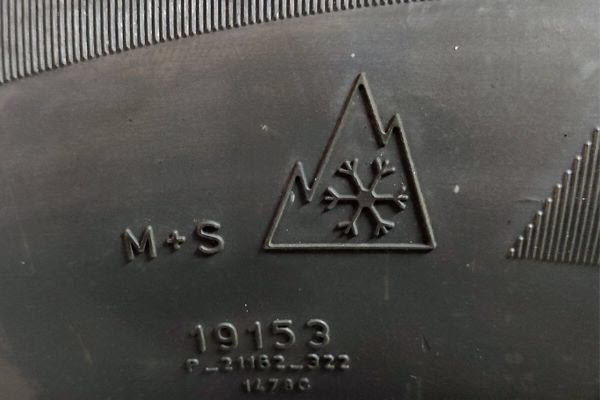By Debora Durnin-Richards, PHEc, M.Ed.
Did you know … that tires are produced to fit with specific vehicles – not every tire will fit every vehicle? I know this sounds obvious to me now, because I found this out when looking for new winter tires for my Tesla. Of course, electric vehicles are heavier so tires have to be able to carry the load. But also, every tire purchaser needs to know what wheel and tire size is recommended for their vehicle.

I learned lots more in the purchasing process. In Canada, the term “all-season tires” can be a bit of a misnomer. Designed for dry conditions, rain, and some light snow, they’re not meant to handle the heavy snow, ice, and slush that we experience on the Prairies and in other parts of the country.
Although all-season tires perform well during the warmer seasons, and even in mild winter conditions, as soon as the weather worsens, winter tires/snow tires or all weather tires can help you stay in better control of your vehicle. While they are no substitute for good driving habits, they can make a huge difference in the way your vehicle handles and brakes on snow, ice, and in extreme cold.
I have a CAA/Canadian Automobile Association membership and was glad to use this organizations tire expertise, especially when it came to buying winter tires. All-weather and winter tires are designed with a deeper, wider, jagged tread that offers better traction on snow, slush, and ice, and are made with a rubber compound that stays soft and flexible in extreme cold. Winter tires will usually also have more siping—the horizontal slits across the tire’s surface—to help improve the grip in harsh conditions. Hmm, interesting to know!
Besides increasing safety, winter or all-weather tires can save you money too, by extending the life of your all-season tires and helping you avoid unexpected costs from accidents and fines, depending on where you drive. In BC, for example, it’s illegal to drive on most routes without winter tires between October 1 and April 30. This law applies to out-of-province visitors.
But can I tell if it is an all-weather tire just by looking at it? I can now. Look for the Three Peak Mountain Snowflake symbol on the tire wall:

TIP: If you are in Manitoba, you can offset the cost of a set of winter tires by participating in Manitoba Public Insurance’s winter tire loan program, which provides low-interest financing to eligible Manitobans for the purchase of qualifying winter tires and associated costs. The program can be used for up to $2,000 per vehicle, and allows participants to select a financing term between one and four years, with pre-authorized monthly payments. https://www.mpi.mb.ca/winter-tire-program/
Debora is a Professional Home Economist, now retired from a long, interesting career with the provincial government; also retired from CAO for her husband’s renovation company; also retired from the Program Coordinator position for Farm to School Manitoba. She has belonged to and supported Manitoba Association of Home Economists since its inception. Interested in many things, who knows where she might get involved again?






